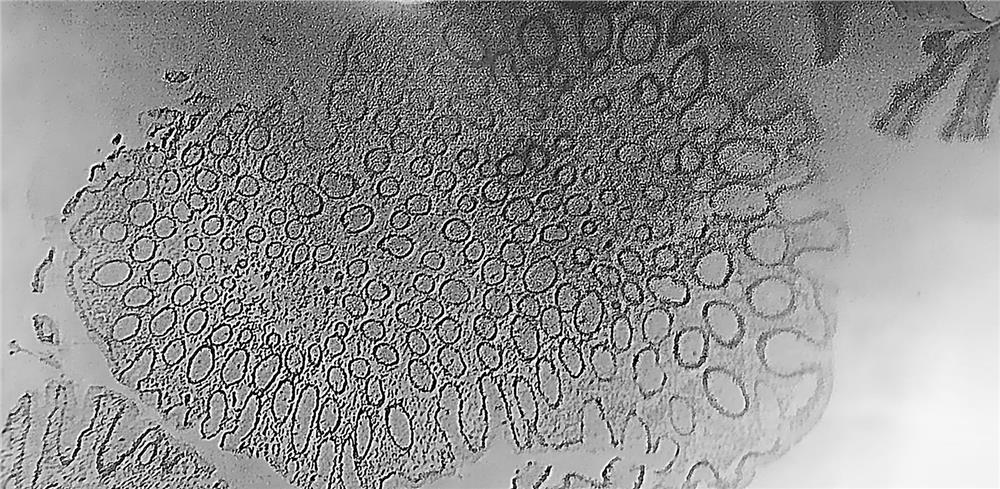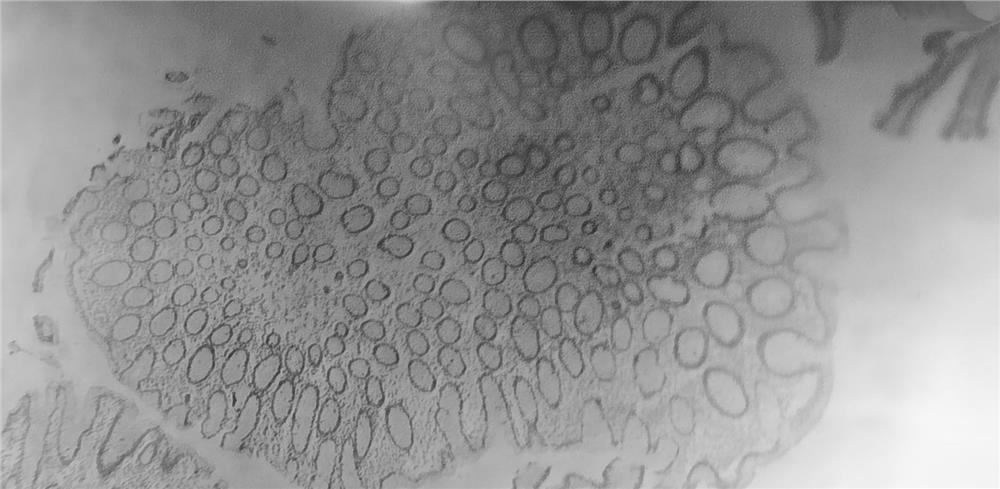Mathematical algorithm microscopic bladder endoscope imaging system and image processing method
An image processing and mathematical algorithm technology, applied in the field of medical imaging, can solve problems such as poor image quality, lack of tumor risk assessment, unfavorable diagnosis, etc., to achieve a clearer image, facilitate accurate observation and diagnosis, and improve the effect of denoising performance
- Summary
- Abstract
- Description
- Claims
- Application Information
AI Technical Summary
Problems solved by technology
Method used
Image
Examples
Embodiment
[0028] Embodiment Mathematical Algorithm Microbladder Endoscope Imaging System and Image Processing Method
[0029] A mathematical algorithm microbladder endoscope imaging system, including an endoscope handle, an outer sheath 3, an image processing module and a display module, the structure diagram of the endoscope handle and the outer sheath 3 is as follows figure 1 As shown, the endoscope handle is provided with a direction control mechanism 1, a light source module and an image receiving module 2, one end of the endoscope handle is connected to one end of the outer sheath tube 3, and the other end of the outer sheath tube 3 is provided with a bending part 4 The connecting end of the outer sheath tube 3 and the bending part 4 is a composite braided tube, and the bending part 4 is a two-way serpentine tube, which can realize a two-way deflection of 270°. The direction control mechanism 1 is connected with the bending part 4 to control the bending part 4. In the bending direc...
PUM
 Login to View More
Login to View More Abstract
Description
Claims
Application Information
 Login to View More
Login to View More - R&D
- Intellectual Property
- Life Sciences
- Materials
- Tech Scout
- Unparalleled Data Quality
- Higher Quality Content
- 60% Fewer Hallucinations
Browse by: Latest US Patents, China's latest patents, Technical Efficacy Thesaurus, Application Domain, Technology Topic, Popular Technical Reports.
© 2025 PatSnap. All rights reserved.Legal|Privacy policy|Modern Slavery Act Transparency Statement|Sitemap|About US| Contact US: help@patsnap.com



